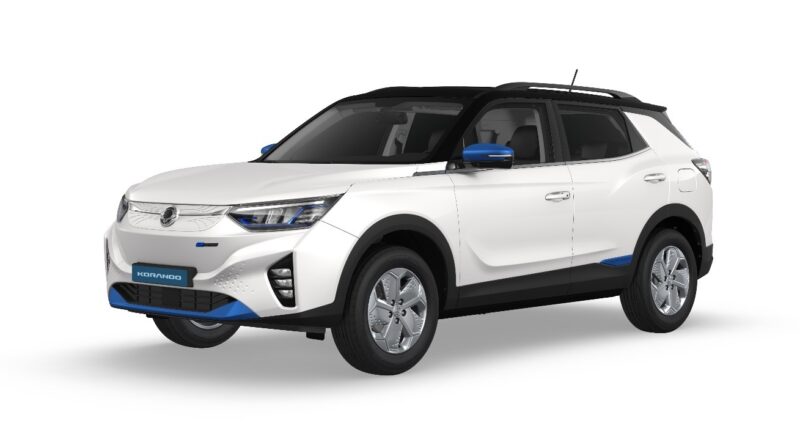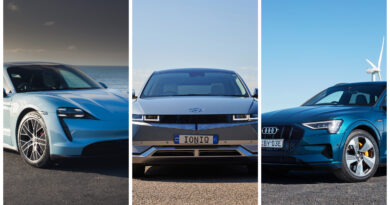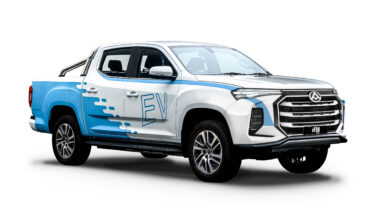SsangYong e-Korando SUV teased and it’s an Aussie chance
Financially embattled Korean brand SsangYong has decided the best way to survive is an aggressive new product program led by a battery electric SUV dubbed the e-Korando.
While it shares its name with the orthodox Korando SUV that’s already sold in Australia, the e-Korando is based on a completely separate BEV architecture.
The e-Korando was previewed last year as the E100 EV, but SsangYong has now announced the all-electric SUV is in production.
The brand’s first EV goes on-sale in October in Europe and is under consideration for local sale by SsangYong Australia.
Timing is an unknown beyond Europe as its roll-out – including in its home market – has been affected by the global semi-conductor shortage.
The e-Korando would be a logical competitor for the MG ZS EV if it made it here and would likely be priced in the same sub-$45,000 region.
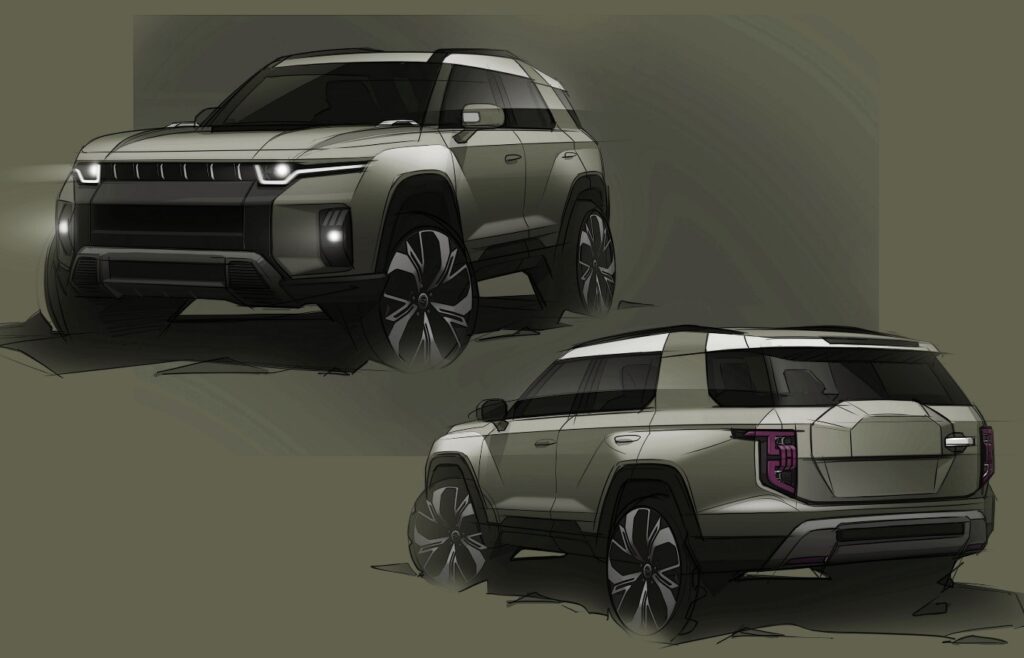
SsangYong has also confirmed a medium-sized electric SUV codenamed the J100 will launch in 2022. It is also expected to spawn a ute in 2023 or 2024.
READ MORE: EV ute overload: Every electric pickup truck coming soon
SSangyong Australia has confirmed its interest in all three new EV models.
“E100 production is good news for SsangYong, although it’s still under consideration for Australia. EV ute and J100 are concepts but will be on our radar,” a spokesman said via email.
SsangYong has issued teaser images of the J100, showing off a chunky militaristic style.
The smallest mainstream Korean car maker best known for its 4x4s and utes, SsangYong was put into receivership last December. It moved into a new court-managed receivership in April after its owner Mahindra failed to find a buyer
No details of the e-Korando or J100 were revealed by SsangYong in its latest release. However, the e-Korando is expected to come with a 140kW e-motor and 61kWh battery pack that provides a range of more than 418km based on the lax NEDC test (expect much less from the more realistic WLTP test).
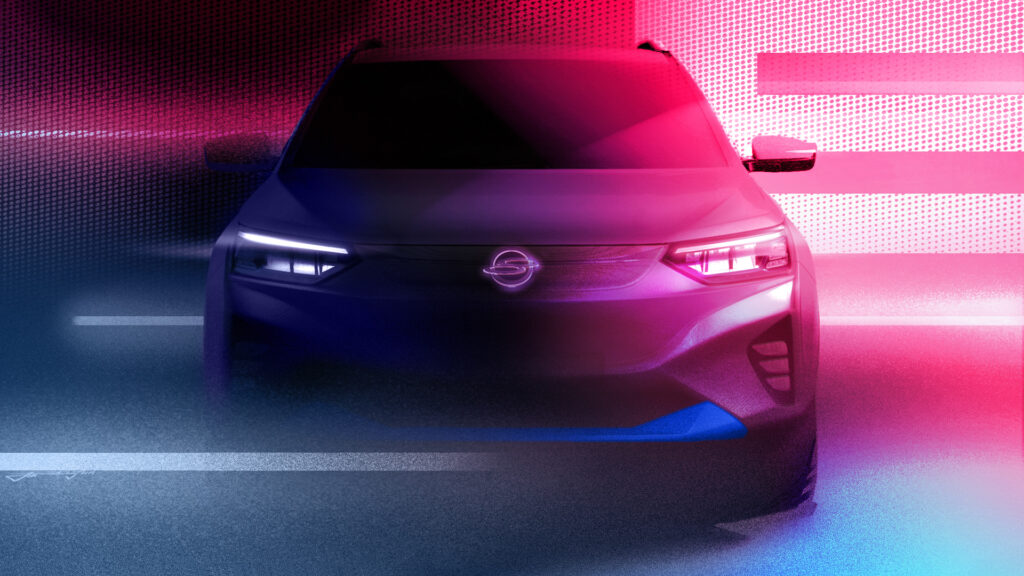
In its media release, SsangYong stressed its determination to roll out new models that made it appealing to a buyer or merger partner.
“We are establishing a strong foothold for corporate rehabilitation through a successful M&A (merger and acquisition) and putting our very best efforts into new car development by addressing the rapidly changing automotive trends,” said SsangYong Motors Receiver, Yong Won Chung.
“In addition, we are expanding the line-up of eco-cars, discovering future growth opportunities such as new business models, and preparing for renewed competitiveness.”

